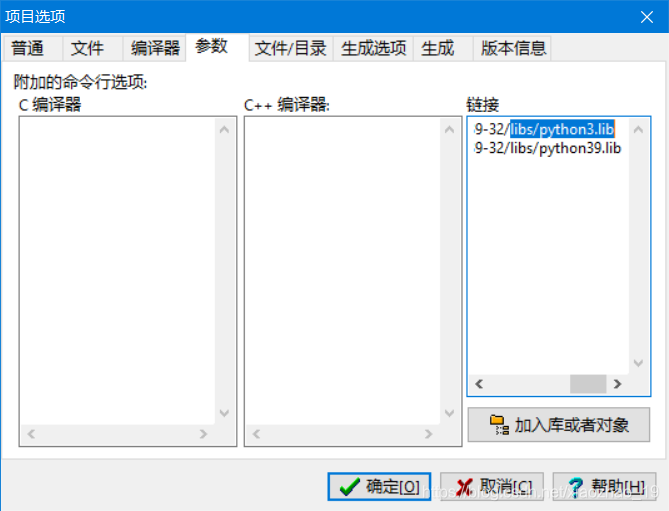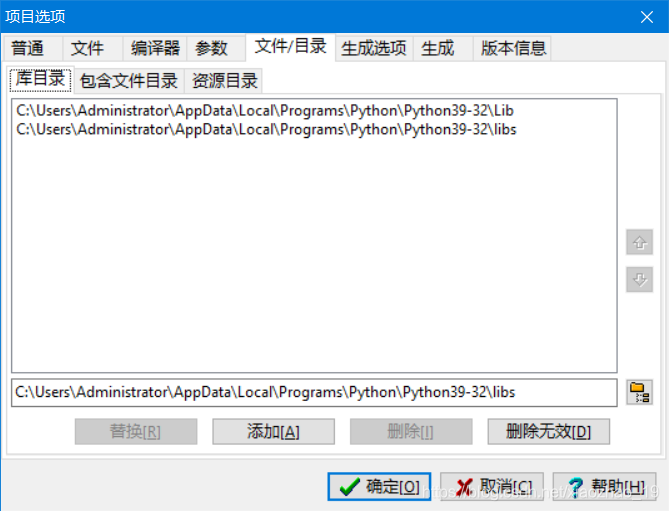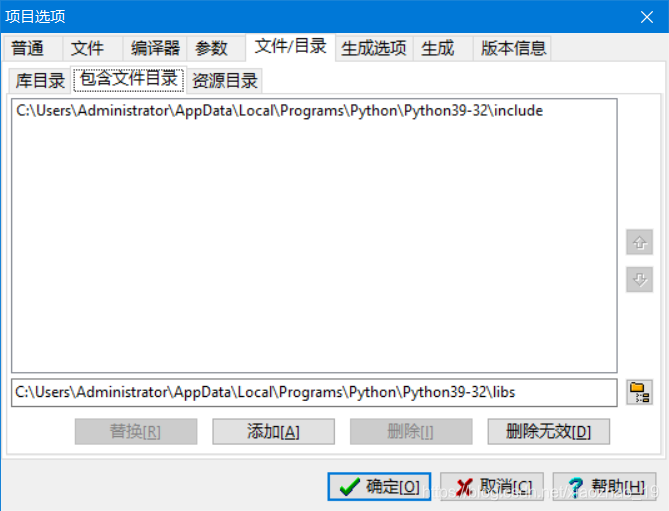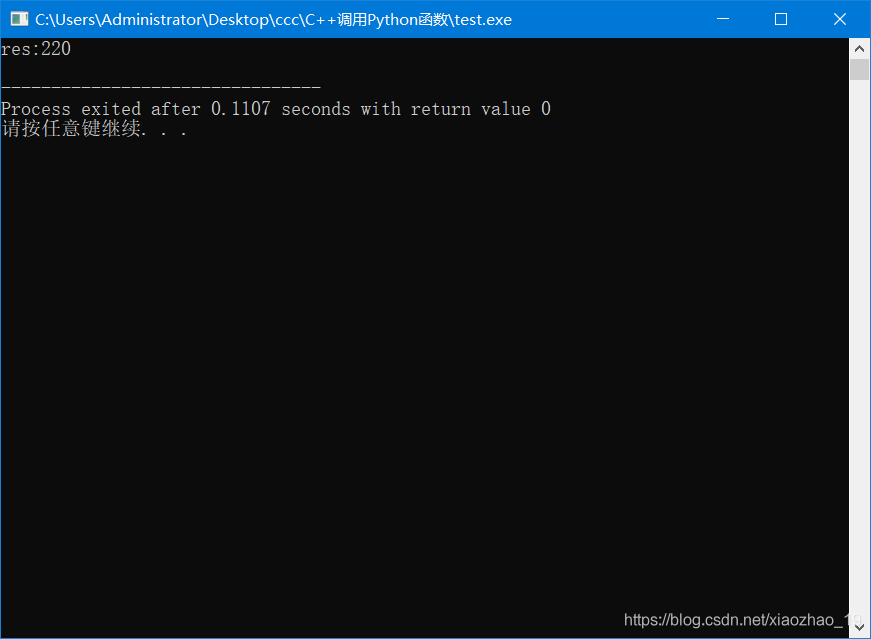Python与C/C++相互调用 胶水语言Python与C/C++的相互调用的实现
heaven&earth 人气:0想了解胶水语言Python与C/C++的相互调用的实现的相关内容吗,heaven&earth在本文为您仔细讲解Python与C/C++相互调用的相关知识和一些Code实例,欢迎阅读和指正,我们先划重点:Python,C++调用,Python,C语言相互调用,下面大家一起来学习吧。
准备工作:
python:https://www.python.org/downloads/
Dev-C++:https://sourceforge.net/projects/orwelldevcpp/
gcc和g++:http://mingw-w64.org/doku.php
notepad++:https://notepad-plus.en.softonic.com/
一、Python调用C
步骤1:Csayhello.c
#include<stdio.h>
void show_hello()
{
printf("------------来自C语言的问候-----------\n");
printf("-----Peter Zhao says:Hello C world!-----\n\n");
}
步骤2:
命令:gcc Csayhello.c -fPIC -shared -o lib_Csayhello.so
步骤3:Psayhello.py
from ctypes import *
#加载动态库
lib = cdll.LoadLibrary(r"./lib_Csayhello.so")
lib.show_hello()
print("-----------来自Python语言的问候--------------")
print("---Peter Zhao says:Hello Python world,too!---")
步骤4:
命令:python Psayhello.py
注意:python为32位,没有就装一个。
运行结果:

二、Python调用C++
步骤1:新建项目dll_demo.dev
步骤2:dllmain.cpp
#define DLLEXPORT extern "C" __declspec(dllexport)
DLLEXPORT int multiply(int a, int b) {
return a * b;
}
//两数相加
DLLEXPORT int add(int a, int b) {
return a + b;
}
//两数相减
DLLEXPORT int sub(int a, int b) {
return a-b;
}
步骤3:dll.h
int multiply(int, int);
class Mymath {
int sum(int, int);
int sub(int, int);
};
步骤4:编译生成dll_demo.dll
步骤5:Pdll_demo.py
import ctypes #lib = ctypes.cdll.LoadLibrary(r"./dll_demo.dll") lib = ctypes.WinDLL(r"./dll_demo.dll") #print(lib) print(lib.multiply(80,95)) print(lib.add(80,95)) print(lib.sub(80,95))
步骤6:
命令:python Pdll_demo.py
注意:python为32位,没有就装一个。
运行结果:

三、C++调用Python函数
步骤1:Caculate.py
def add(a,b):
return a+b
步骤2:新建项目test.dev,然后设置一下“项目属性”的链接库、库目录、包含文件目录等3个部分。



步骤3:test.cpp
#include <python.h>
#include<iostream>
using namespace std;
int main()
{
Py_Initialize();//使用python之前,要调用Py_Initialize();这个函数进行初始化
if (!Py_IsInitialized())
{
printf("初始化失败!");
return 0;
}
PyRun_SimpleString("import sys");
PyRun_SimpleString("sys.path.append('./')");//这一步很重要,修改Python路径
PyObject * pModule = NULL;//声明变量
PyObject * pFunc = NULL;// 声明变量
pModule = PyImport_ImportModule("Caculate");//这里是要调用的文件名Caculate.py
if (pModule==NULL)
{
cout << "没找到" << endl;
}
pFunc = PyObject_GetAttrString(pModule, "add");//这里是要调用的函数名
PyObject* args = Py_BuildValue("(ii)", 100, 120);//给python函数参数赋值
PyObject* pRet = PyObject_CallObject(pFunc, args);//调用函数
int res = 0;
PyArg_Parse(pRet,"i",&res);//转换返回类型
cout << "res:" << res << endl;//输出结果
Py_Finalize();//调用Py_Finalize,这个根Py_Initialize相对应的。
return 0;
}
步骤4:编译并运行
运行结果:

加载全部内容